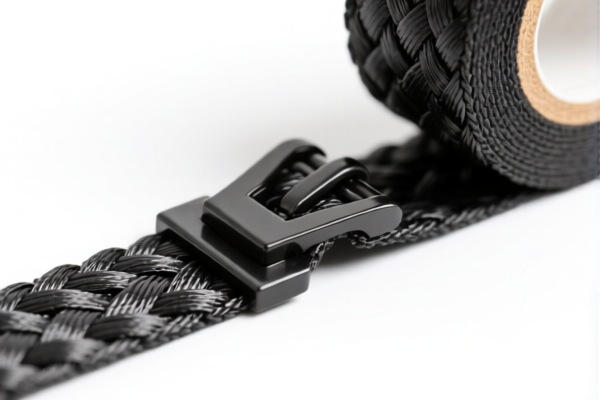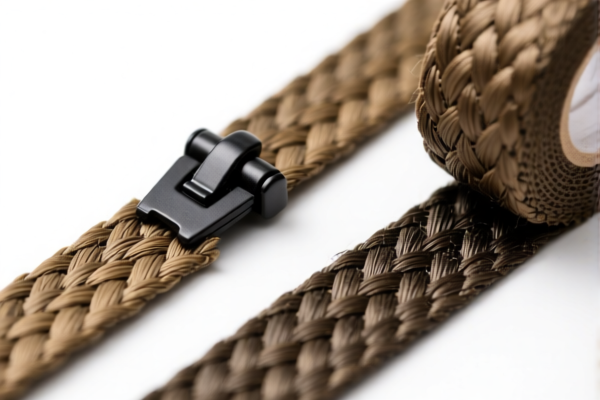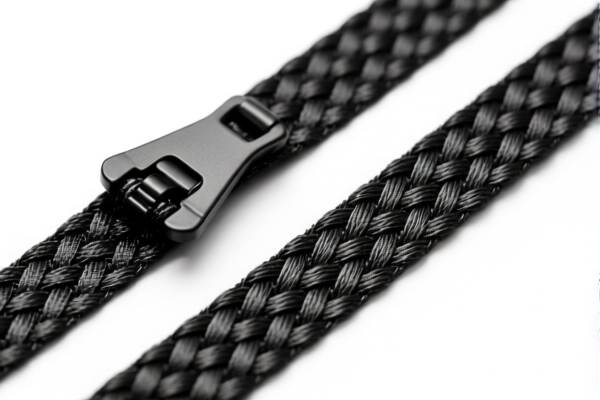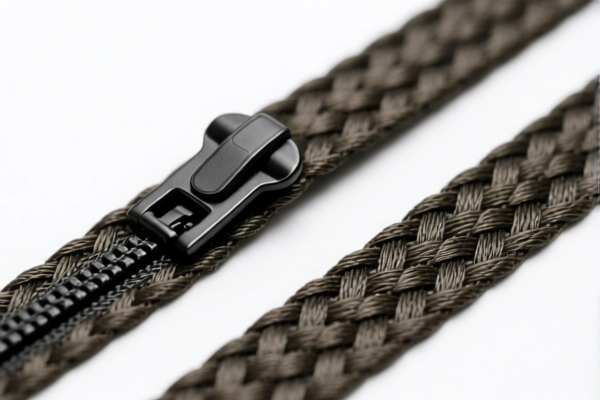| HS Code | Official Doc | Tariff Rate | Origin | Destination | Effective Date |
|---|---|---|---|---|---|
| 9503000090 | Doc | 30.0% | CN | US | 2025-05-12 |
| 9503000071 | Doc | 30.0% | CN | US | 2025-05-12 |
| 9506993000 | Doc | 40.6% | CN | US | 2025-05-12 |
| 8308909000 | Doc | 57.7% | CN | US | 2025-05-12 |
| 8308906000 | Doc | 58.9% | CN | US | 2025-05-12 |
| 8306100000 | Doc | 35.8% | CN | US | 2025-05-12 |
| 8306100000 | Doc | 35.8% | CN | US | 2025-05-12 |
| 4201006000 | Doc | 57.8% | CN | US | 2025-05-12 |
| 4201003000 | Doc | 57.4% | CN | US | 2025-05-12 |
| 4205004000 | Doc | 56.8% | CN | US | 2025-05-12 |
| 4205008000 | Doc | 55.0% | CN | US | 2025-05-12 |
| 3926905900 | Doc | 57.4% | CN | US | 2025-05-12 |
| 3926906090 | Doc | 59.2% | CN | US | 2025-05-12 |
| 3919905060 | Doc | 60.8% | CN | US | 2025-05-12 |
| 3919905010 | Doc | 60.8% | CN | US | 2025-05-12 |




Fixing Strap
A fixing strap, also known as a securing strap, tie-down strap, or lashing strap, is a component used to bind, hold, secure, or fasten objects. These straps are commonly employed to prevent movement, damage, or loss during transport, storage, or use.
Material
Fixing straps are manufactured from a variety of materials, each offering different properties suited to specific applications:
- Nylon: A common choice due to its high strength, durability, and resistance to abrasion, stretching, and most chemicals.
- Polyester: Offers excellent UV resistance and minimal stretching, making it suitable for outdoor applications and repeated use.
- Polypropylene: A lightweight and cost-effective option, though less resistant to abrasion and UV degradation than nylon or polyester.
- Rubber: Often used in bungee straps for elasticity and shock absorption.
- Metal: Steel or aluminum straps are utilized in heavy-duty applications requiring exceptional strength and security.
Purpose
The primary purpose of a fixing strap is to provide a secure hold for items. Specific applications include:
- Cargo Securement: Preventing shifting or falling of goods during transportation (trucks, trailers, ships, airplanes).
- Equipment Fastening: Securing tools, machinery, or other equipment to vehicles, structures, or storage locations.
- Storage and Organization: Bundling items for neat storage or transport.
- Recreational Activities: Securing items such as luggage to vehicle roof racks, or equipment to bicycles or kayaks.
- Emergency Situations: Used in first aid, rescue operations, or for temporary repairs.
Function
Fixing straps function by applying tension to bind objects together or to a fixed point. The tension is typically achieved through:
- Buckles: These allow for tightening and loosening of the strap, and provide a secure locking mechanism. Common buckle types include cam buckles, ratchet buckles, and quick-release buckles.
- Hooks: Used to attach the strap to anchor points.
- Velcro: Provides a quick and adjustable fastening solution for lighter applications.
- Tie-Down Points: Straps are looped or fastened around designated anchor points on vehicles or structures.
Usage Scenarios
- Trucking & Logistics: Securing pallets, crates, and other cargo to flatbed trailers.
- Automotive: Tying down vehicles during transport, securing items to roof racks.
- Construction: Fastening materials and equipment to vehicles or structures.
- Outdoor Recreation: Securing luggage, kayaks, bicycles, or camping gear.
- Moving & Storage: Bundling boxes and furniture for transport and storage.
- Emergency Services: Securing equipment, creating makeshift supports, or providing first aid.
Common Types
- Cam Buckle Straps: Versatile and easy to use, suitable for general-purpose applications.
- Ratchet Straps: Provide high tension and secure hold, ideal for heavy-duty applications.
- Bungee Straps: Offer elasticity and shock absorption, useful for securing lighter items.
- Tie-Down Straps: General term for straps used to secure items to vehicles or structures.
- Lashing Straps: Used for securing cargo to rails or other fixed points.
- Vehicle Tie-Down Straps: Specifically designed for securing vehicles during transport.
- Motorcycle Tie-Down Straps: Designed to secure motorcycles safely.
- Rubber Straps: Offer strong elasticity for bundling.
- Metal Straps: Used for heavy-duty applications.
Based on the provided reference material, the following HS codes are relevant to “fixing strap”:
- 9506993000: This HS code falls under Chapter 95, which covers articles and equipment for general physical exercise, gymnastics, athletics, other sports, or outdoor games. Specifically, it covers “Other” articles within this chapter, and further specifies “Parts and accessories for sports equipment, except those of heading 95.06.69”. “Fixing straps” would fall under this category as accessories for sports equipment. The total tax rate is 40.6% (3.1% basic tariff + 7.5% additional tariff + 30.0% additional tariff after April 2, 2025).
- 3926905900: This HS code is under Chapter 39, covering plastics and articles thereof. It specifically refers to “Belting and belts, for machinery: Containing textile fibers: Other: Other”. If the “fixing strap” is made of plastic and contains textile fibers, and is used for machinery, it falls under this category. The total tax rate is 57.4% (2.4% basic tariff + 25.0% additional tariff + 30.0% additional tariff after April 2, 2025).
- 3926906090: This HS code also falls under Chapter 39, covering plastics and articles thereof. It refers to “Belting and belts, for machinery: Other Other”. If the “fixing strap” is made of plastic and used for machinery, but does not contain textile fibers, it falls under this category. The total tax rate is 59.2% (4.2% basic tariff + 25.0% additional tariff + 30.0% additional tariff after April 2, 2025).
- 4201006000: This HS code is under Chapter 42, covering saddlery and harness for any animal. It covers “Other” articles within this chapter. If the “fixing strap” is used as part of animal saddlery or harness, it falls under this category. The total tax rate is 57.8% (2.8% basic tariff + 25.0% additional tariff + 30.0% additional tariff after April 2, 2025).
Regarding these HS codes, please carefully verify the material composition of the “fixing strap” (whether it contains textile fibers) and its intended use (sports equipment, machinery, or animal saddlery) to determine the most accurate classification.
Customer Reviews
No reviews yet.